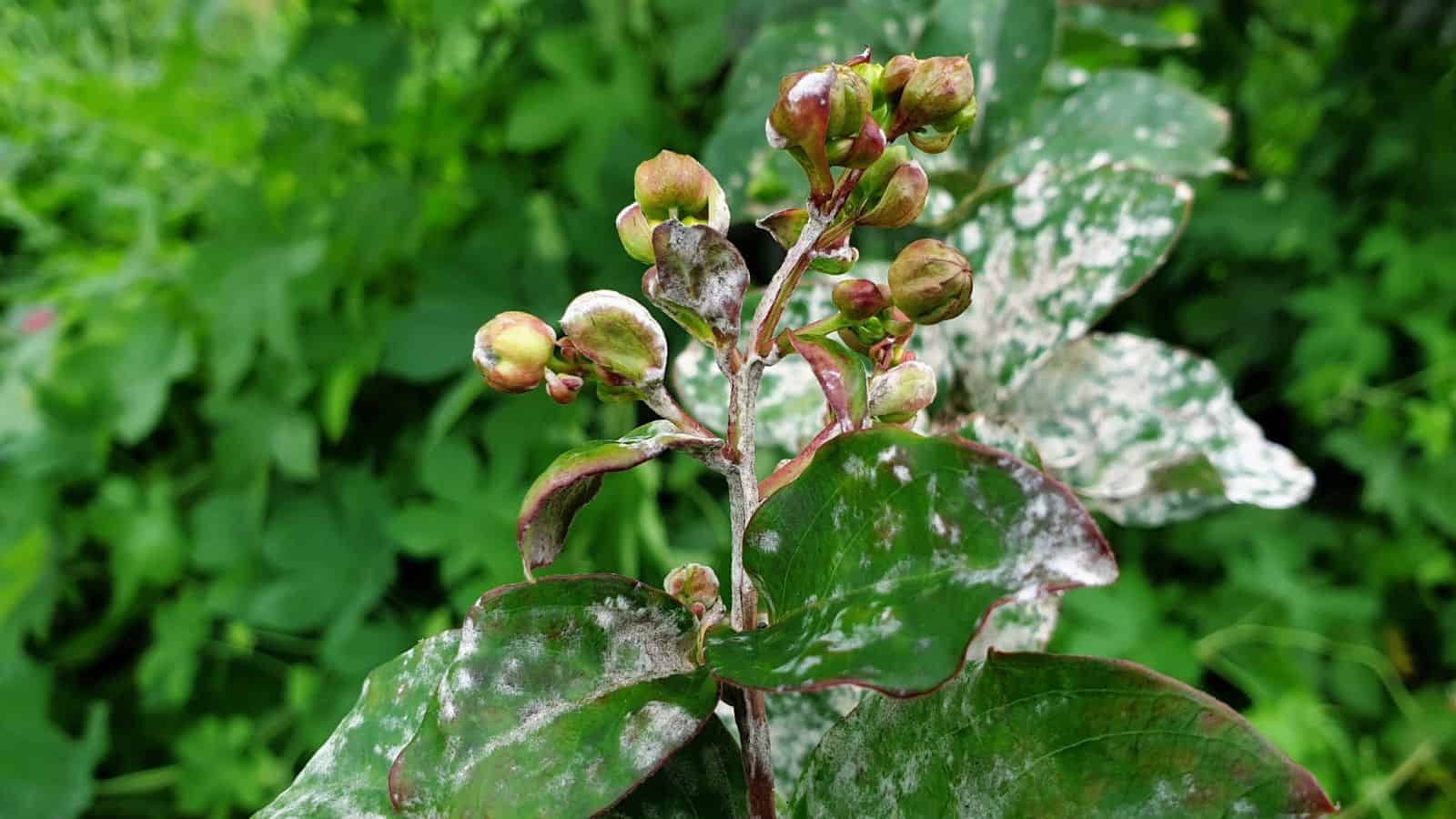Plant diseases can be a major headache for gardeners, affecting the health and productivity of your plants. Understanding the most common diseases and how to treat them can help you keep your garden thriving. Here are three common plant diseases and effective ways to manage them.

1. Powdery Mildew
Powdery mildew is a fungal disease that appears as white or grayish powdery spots on the leaves, stems, and buds of plants. It thrives in warm, dry conditions and can affect a wide range of plants, including roses, vegetables, and ornamentals.
Symptoms
- White or gray powdery spots on leaves and stems
- Distorted or stunted growth
- Premature leaf drop
Treatment
- Improve Air Circulation: Space plants properly to allow air to flow freely between them. Prune any overcrowded branches to improve air movement.
- Water Correctly: Water plants at the base rather than overhead to keep the foliage dry. Water early in the day so any moisture on the leaves can dry quickly.
- Use Fungicides: Apply a fungicide labeled for powdery mildew. Organic options include neem oil or a mixture of baking soda and water (1 tablespoon baking soda, 1/2 teaspoon liquid soap in a gallon of water).
- Remove Affected Parts: Trim off and dispose of severely infected leaves or stems to prevent the disease from spreading.
2. Root Rot
Root rot is caused by various fungi and overwatering. It leads to the decay of roots, making it difficult for the plant to absorb water and nutrients. This disease can quickly kill affected plants if not treated promptly.
Symptoms
- Wilting or yellowing leaves
- Stunted growth
- Mushy, discolored roots
Treatment
- Improve Drainage: Ensure your plants are in well-draining soil. If necessary, amend the soil with sand or organic matter to improve drainage.
- Water Properly: Avoid overwatering. Let the top inch of soil dry out between waterings. Make sure pots have drainage holes.
- Remove Infected Plants: For severely affected plants, it may be best to remove and dispose of them to prevent the disease from spreading to other plants.
- Fungicide Application: Treat the soil with a fungicide specifically labeled for root rot if the infection is caught early.
3. Black Spot
Black spot is a fungal disease that affects many plants, especially roses. It appears as black spots on the leaves, causing them to yellow and drop prematurely. This weakens the plant and reduces its vigor.
Symptoms
- Round black spots on leaves, often with yellow halos
- Premature leaf drop
- Weak, spindly growth
Treatment
- Remove Affected Leaves: Regularly check for and remove leaves with black spots. Dispose of them away from the garden to prevent the disease from spreading.
- Water at the Base: Water plants at the base to keep the foliage dry, reducing the chance of infection.
- Apply Fungicides: Use a fungicide specifically labeled for black spot. Apply it according to the manufacturer’s instructions, starting in early spring and continuing through the growing season.
- Improve Air Circulation: Prune plants to increase air circulation around the leaves and reduce humidity levels.
By recognizing the signs of these common plant diseases and taking prompt action, you can protect your garden and ensure your plants remain healthy and vibrant. Regular monitoring and proper garden hygiene are key to preventing the spread of disease.
